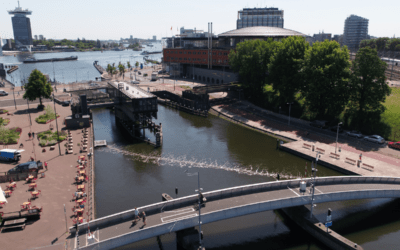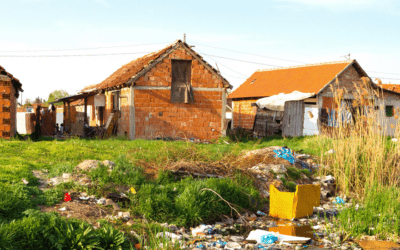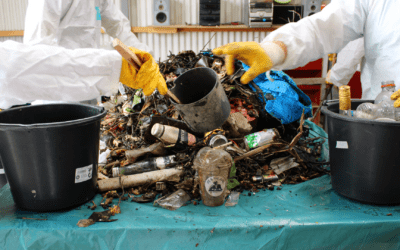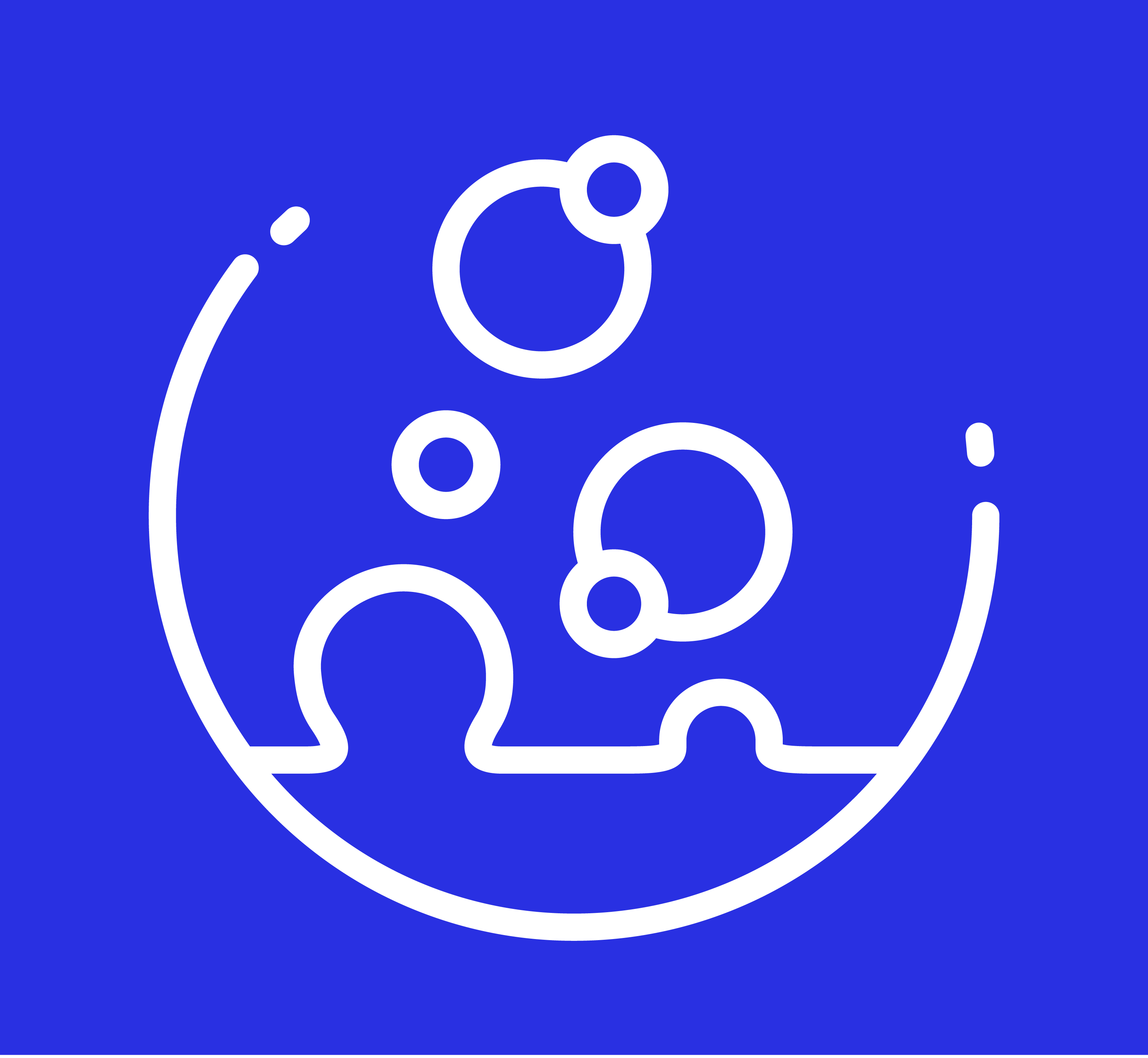Understanding and quantifying our impact is an essential part of the work we do at The Great Bubble Barrier. Today we chat with Finn Begemann, our former Impact Researcher, to learn more about how our Science Department explores and analyses our impact.
Author: Judith de Waard and Teagan Prawmanee Intaralib
Let’s get to know each other! Can you tell us a bit about yourself?
Finn: My name is Finn Begemann and I worked as an Impact Researcher at The Great Bubble Barrier. My initial research in 2023 delved into the topics of preventing saltwater intrusion and oxygenation in relation to the Bubble Barrier technology.
For the past six months, I’ve focused on the Bubble Barrier’s plastic pollution monitoring and other topics. Throughout my academic journey, I’ve gained valuable experience monitoring plastic pollution in Dutch waterways and the iconic Amsterdam canals. My mission is to ensure that everyone can enjoy the ocean as much as I do, now and in the future.
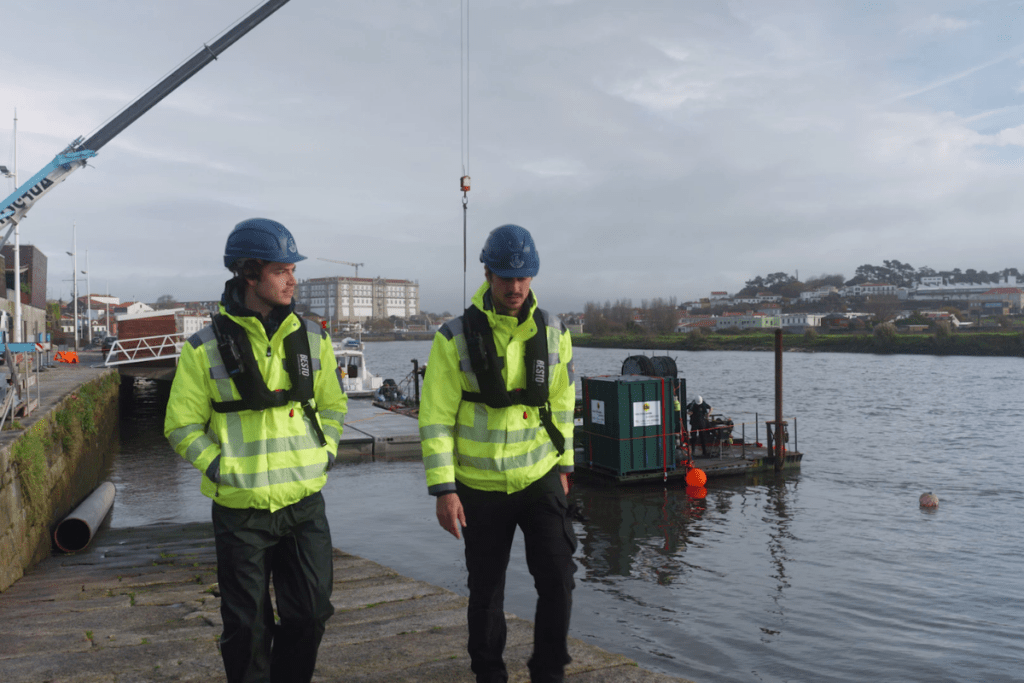
What does a day in the life of an Impact Researcher look like?
Finn: As an Impact Researcher, no day is the same. At The Great Bubble Barrier, we focus on a variety of research topics within a small team. That means you need to get familiarised with different methodologies for each research.
For example, our plastic monitoring research currently relies on manual sampling and sorting of the waste we catch with Bubble Barriers. Sorting small pieces of plastic can be a tedious process. Fortunately, we have a great team of volunteers helping us sort plastic catch at several locations. In other locations, plastic monitoring research may be conducted by research institutions.
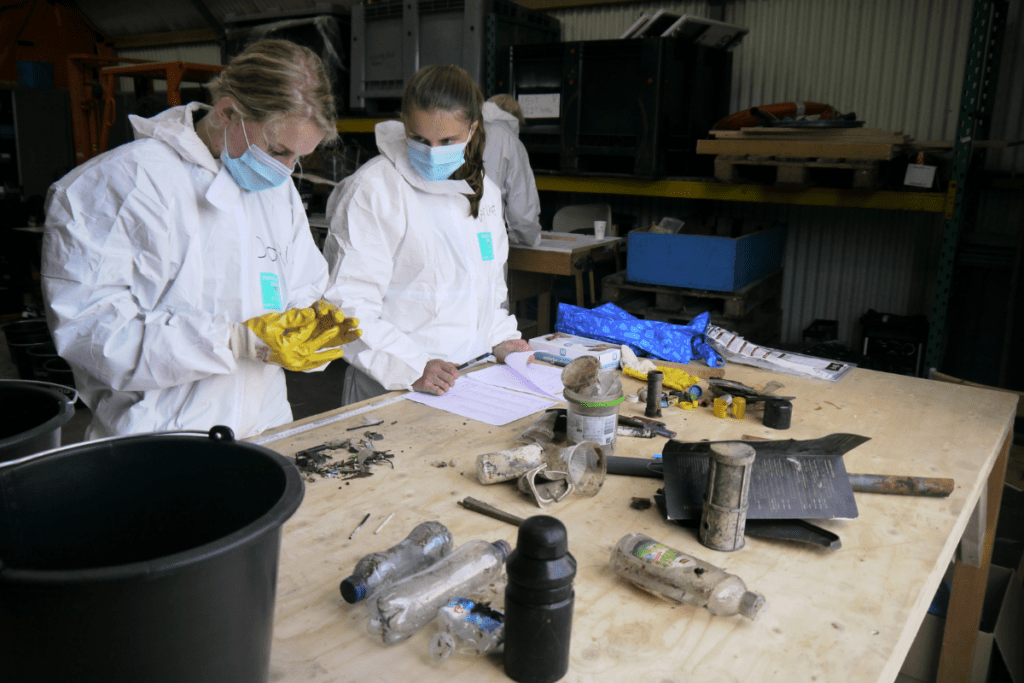
By using the river-OSPAR method to categorise our plastic catch, the data we collect is internationally comparable and effective for scaling our system. If you’re curious to know how we monitor the plastic we catch, we explain more in this blog article.
When we research other effects of Bubble Barriers on the local waterway, such as preventing saltwater intrusion or increasing oxygenation in the water, our day-to-day looks completely different. This type of research has us take water samples to test salinity and oxygen levels, as well as other values of interest. For other topics, such as social impact, or mapping out greenhouse gas emissions, we rely on literature reviews, interviews, and surveys.
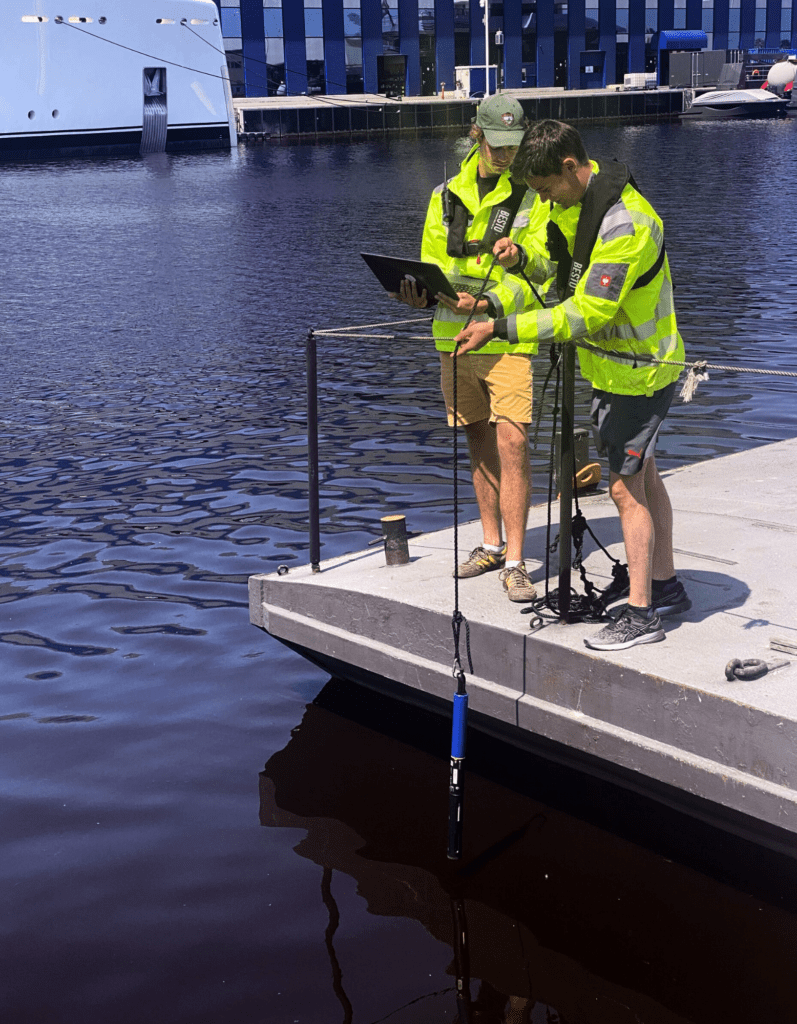
What do you enjoy the most during your work?
Finn: I love being in the field and seeing our Bubble Barrier systems create impact in real life. The fieldwork allows me to be out in nature while improving the functioning of our system directly. I also geek out on making visually pleasing charts and maps from our collected data.
What is the strangest thing the Bubble Barrier has caught?
Finn: The first that comes to mind is a plastic adult toy, that is now proudly displayed at our office. However, we have caught so many interesting things, from toys to surfboards to drug bags, that I cannot even think about what the weirdest find is anymore. Whatever humans use in daily life, can end up in our Bubble Barrier.
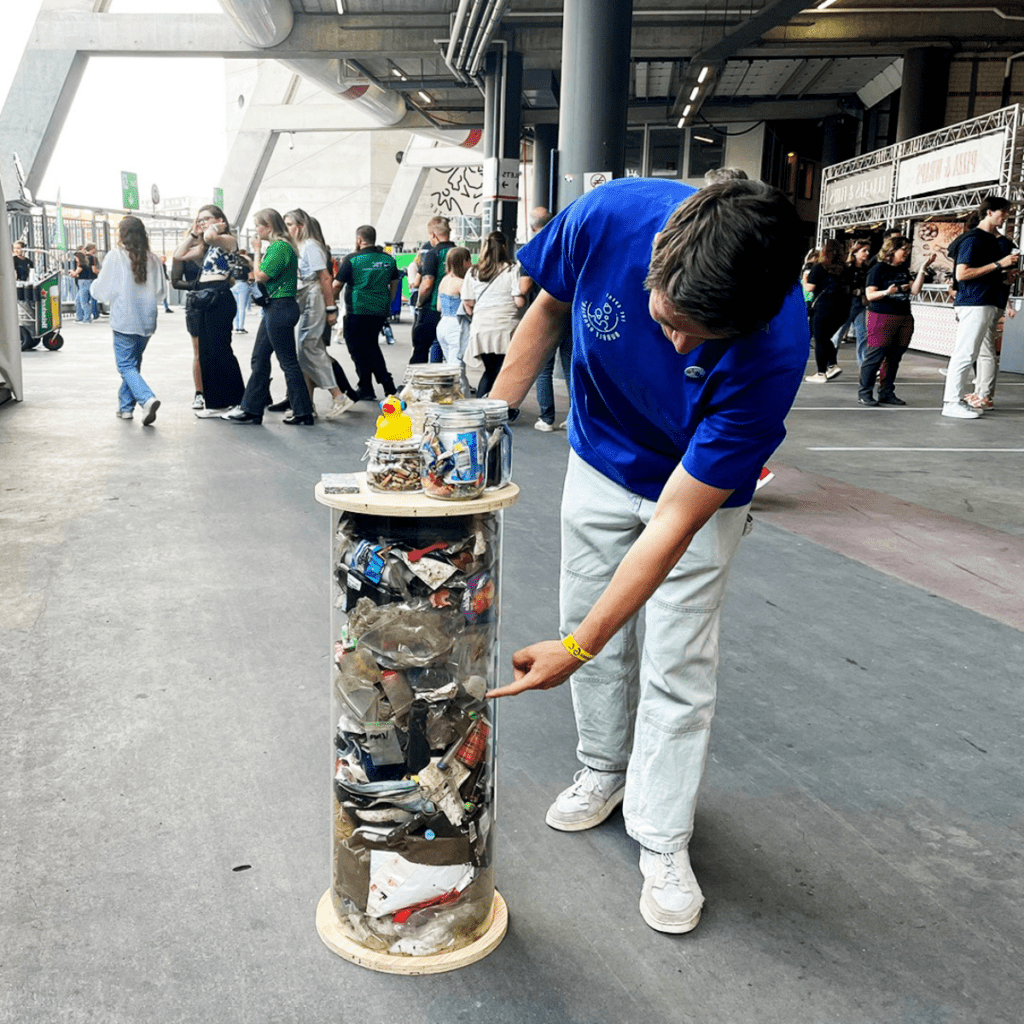
What are the biggest challenges you encounter as an Impact Researcher?
Finn: As a small team, our research has to be cost-efficient and often low-budget, which can be challenging. Some research requires advanced and expensive equipment, so this means we have to be creative and hands-on in our approach. It’s challenging to stay on top of a variety of research topics and to stay up to date on what is going on in each field.
Another challenge is to bridge the gap between science and communication. We work closely with the Communications team at The Great Bubble Barrier to ensure our research findings are accessible to our different audiences.
What are your interests for future research?
Finn: I am mostly interested in exploring the full range of positive impacts our Bubble Barrier makes. In addition, I am also interested in seeing to what extent our technology increases awareness among citizens about plastic pollution, and as a result, if this reduces the pollution in our rivers.
And finally, is there anything you would like to share from your experience as an Impact Researcher?
Finn: Working as an Impact Researcher in the environmental domain, there can be moments that feel confronting and discouraging. Our research shines a light on the current state of rivers and canals, and the reality is that water quality is often worse than our expectations upfront. It becomes ever clearer that plastic pollution is a huge and growing issue that needs to be tackled.
The upside is that through our focus on impact, as researchers we have a promising and positive role to play. Firstly, our research results directly improve our technology to capture more plastic pollution in rivers. Secondly, the data we collect helps us advocate for better international plastic policy so that we can prevent plastic from ending up in rivers to begin with.
Want to know more about Impact Research at The Great Bubble Barrier? Visit our impact page.

